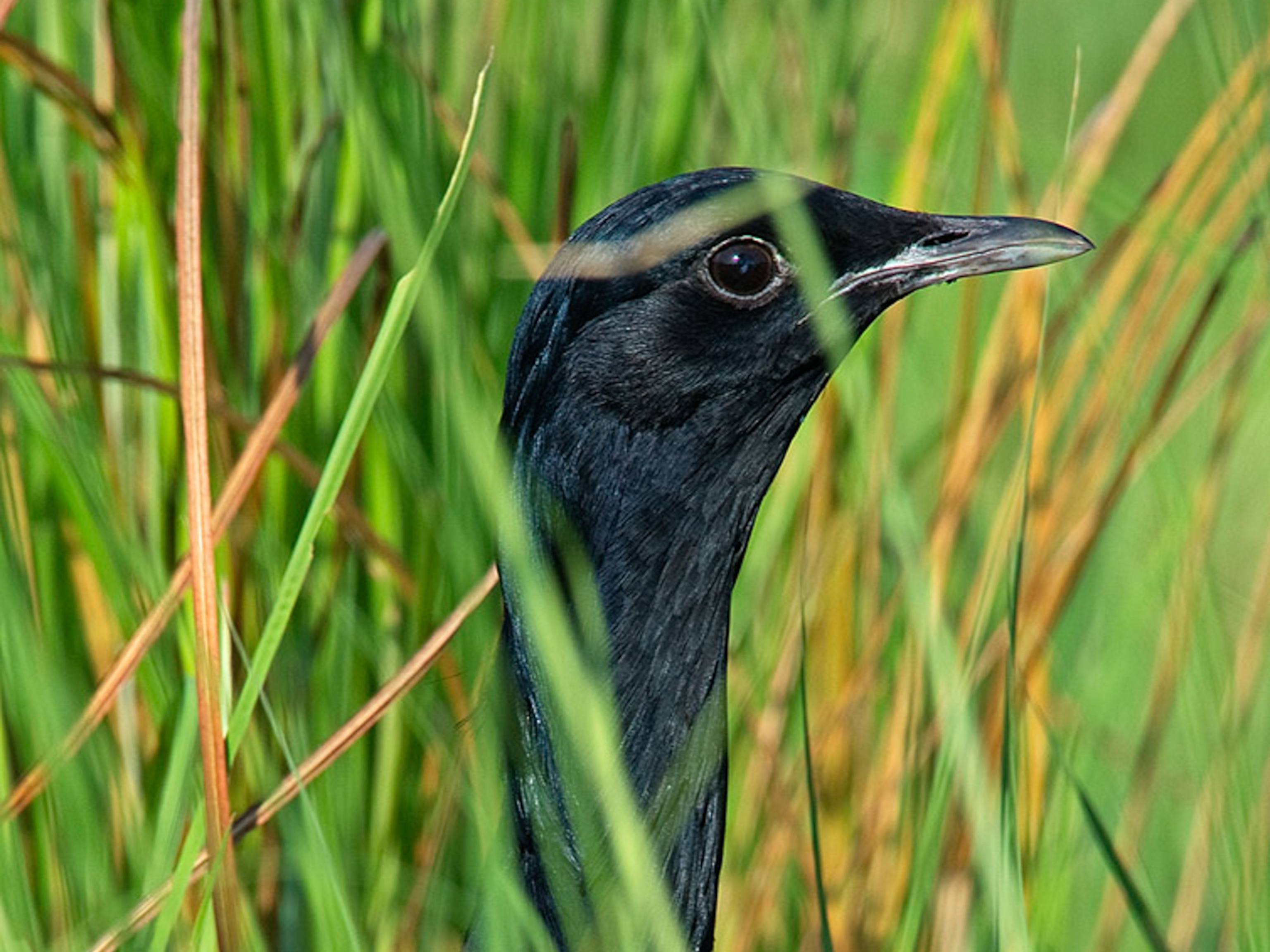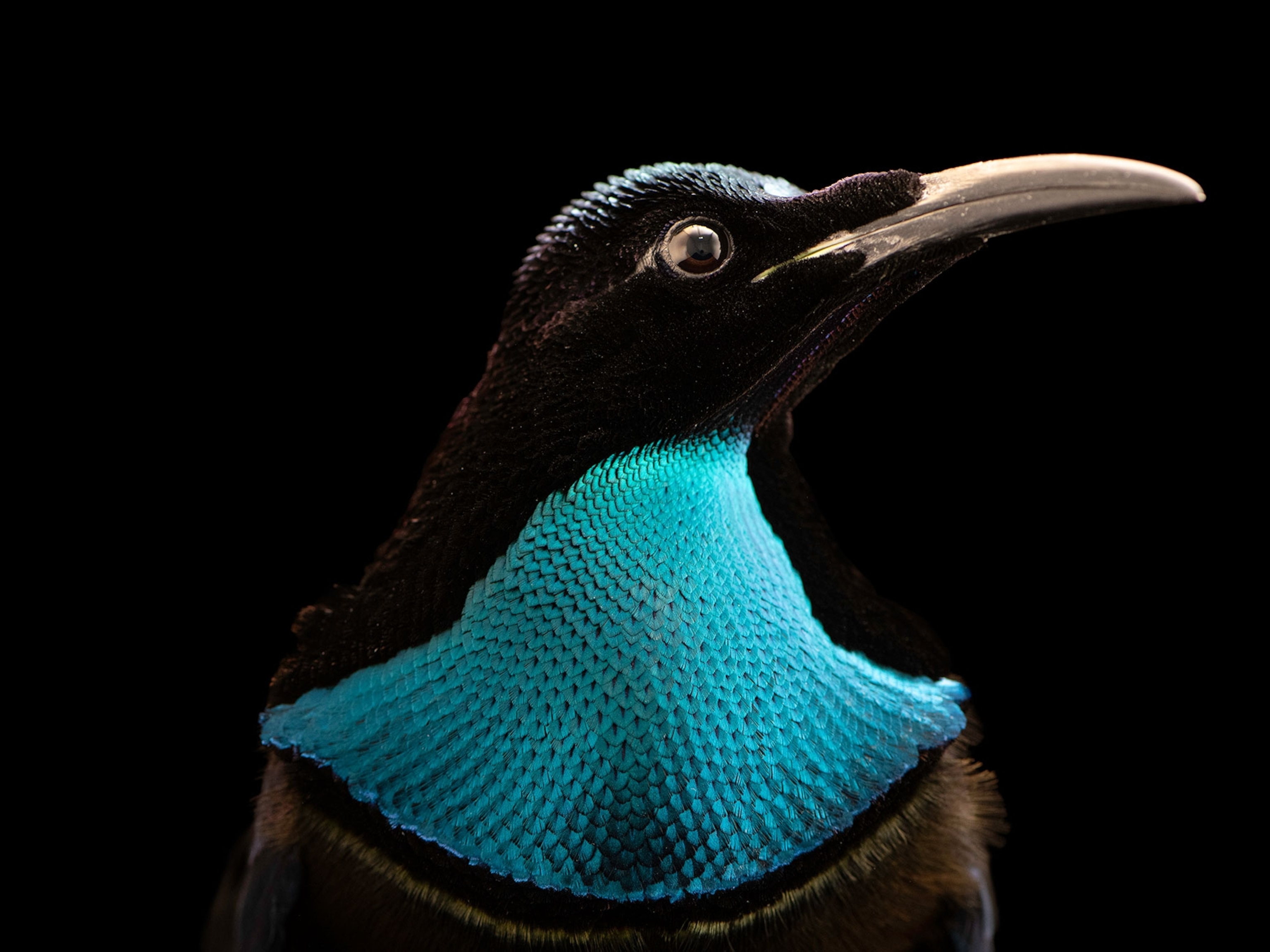Birds Can "See Earth's Magnetic Field
To find north, humans look to a compass. But birds may just need to open their eyes, a new study says.
To find north, humans look to a compass. But birds may just need to open their eyes, a new study says.
Scientists already suspected birds' eyes contain molecules that are thought to sense Earth's magnetic field. In a new study, German researchers found that these molecules are linked to an area of the brain known to process visual information.
In that sense, "birds may see the magnetic field," said study lead author Dominik Heyers, a biologist at the University of Oldenburg.
Magnetic Orientation
Human-made compasses work by using Earth as an enormous magnet and orienting a tiny magnet attached to a needle to the planet's north and south poles.
Scientists have thought for years that migratory birds may use an internal compass to navigate between their nesting areas and wintering grounds, which can be separated by thousands of miles. (Related news: "Migrating Birds Reset 'Compasses' at Sunset, Study Says" [April 15, 2004].)
The new research helps explain how this natural compass may work.
Heyers and his colleagues injected migratory garden warblers with a special dye that can be traced as it travels along nerve fibers.
The team put one type of tracer dye into the eyes and another in a region of the brain called Cluster N, which is most active when birds orient themselves.
When the birds got their bearings, both tracers traveled to and met in the thalamus, a region in the middle of the brain responsible for vision.
"That shows there is direct linkage between the eye and Cluster N," Heyers said.
The finding strongly supports the hypothesis that migratory birds use their visual system to navigate using the magnetic field.
"The magnetic field or magnetic direction may be perceived as a dark or light spot which lies upon the normal visual field of the bird," Heyers said, "and which, of course, changes when the bird turns its head."
The study was published in a recent issue of the Public Library of Science journal PLoS ONE.
More Navigational Tools
Scientists not involved with the study said it is impressive and well done, but cautioned that there are more pieces to the puzzle of how birds navigate on their long migrations.
"An animal that has to migrate over great distances needs to have both a compass and a map," said Cordula Mora, a biologist who recently completed her postdoctoral research at the University of North Carolina, Chapel Hill.
Mora's work suggests that birds may use magnetic crystals in their beaks to sense the intensity of the magnetic field and thus glean information on their physical location. (Related news: "Magnetic Beaks Help Birds Navigate, Study Says" [November 24, 2004].)
"If you have a compass, you know where north, south, east, [and] west [are], but you don't know where you are, so you don't know where you should be going," she said.
Study author Heyers said "both [map and compass] systems may act in concert."
Robert Beason is a wildlife research biologist with the U.S. Department of Agriculture in Sandusky, Ohio, and an expert on bird navigation.
He noted that stars may also either fully or in part provide the birds with their visual bearing—not the magnetic field.
The next step is to figure out where all this information comes together in the bird brain, he noted.
"That's probably going to tell us where the navigation center for birds is," he said.





